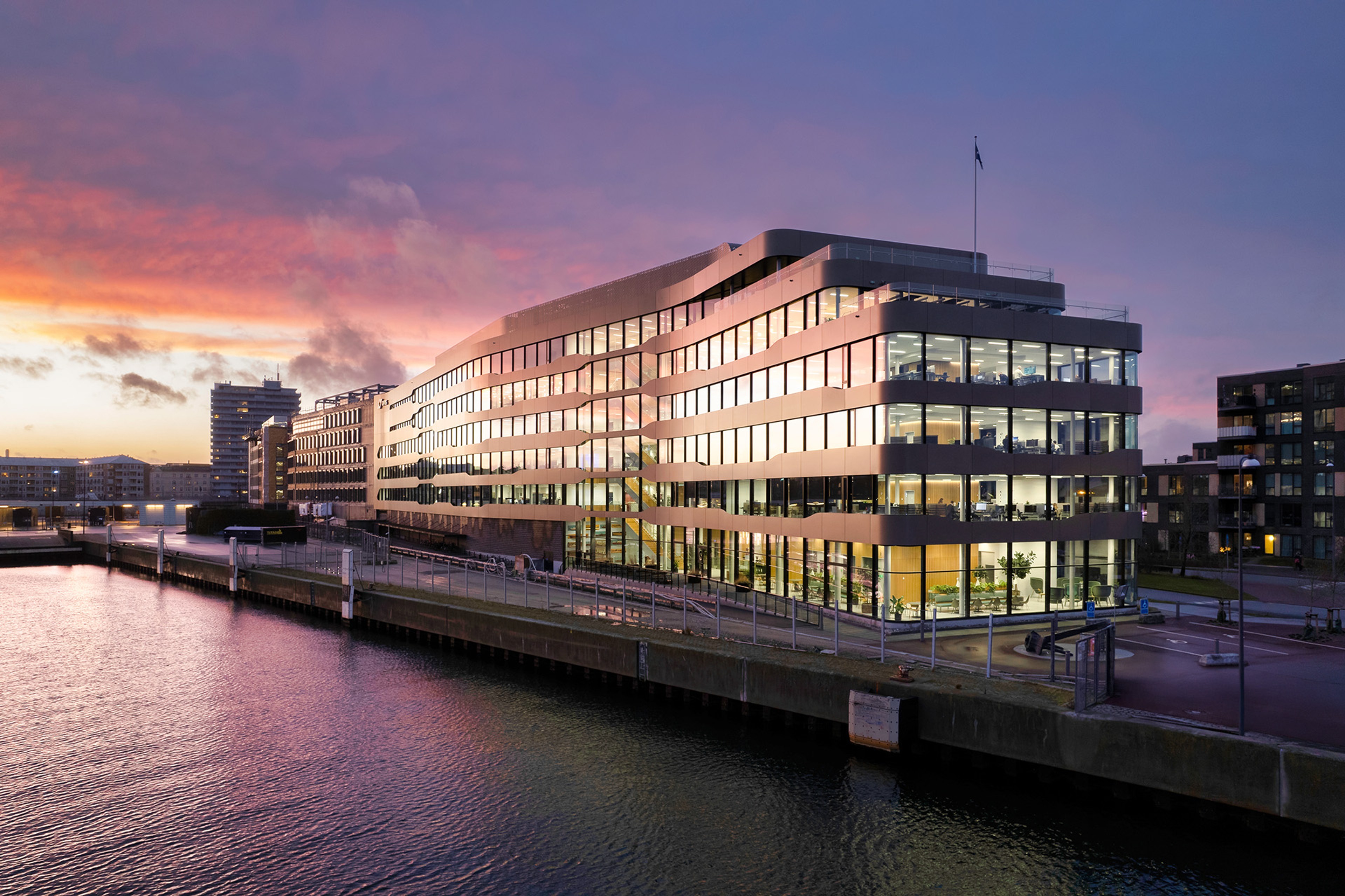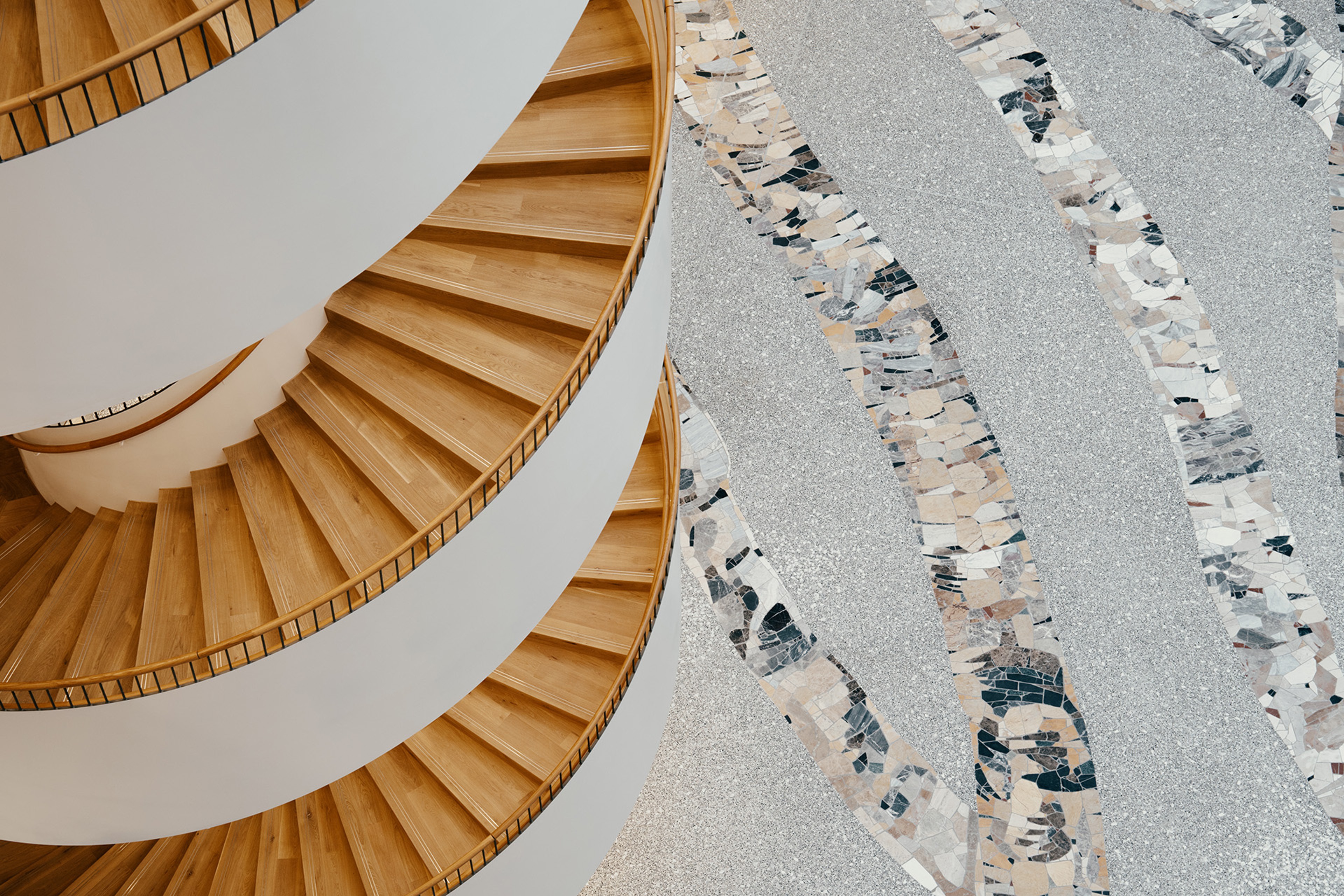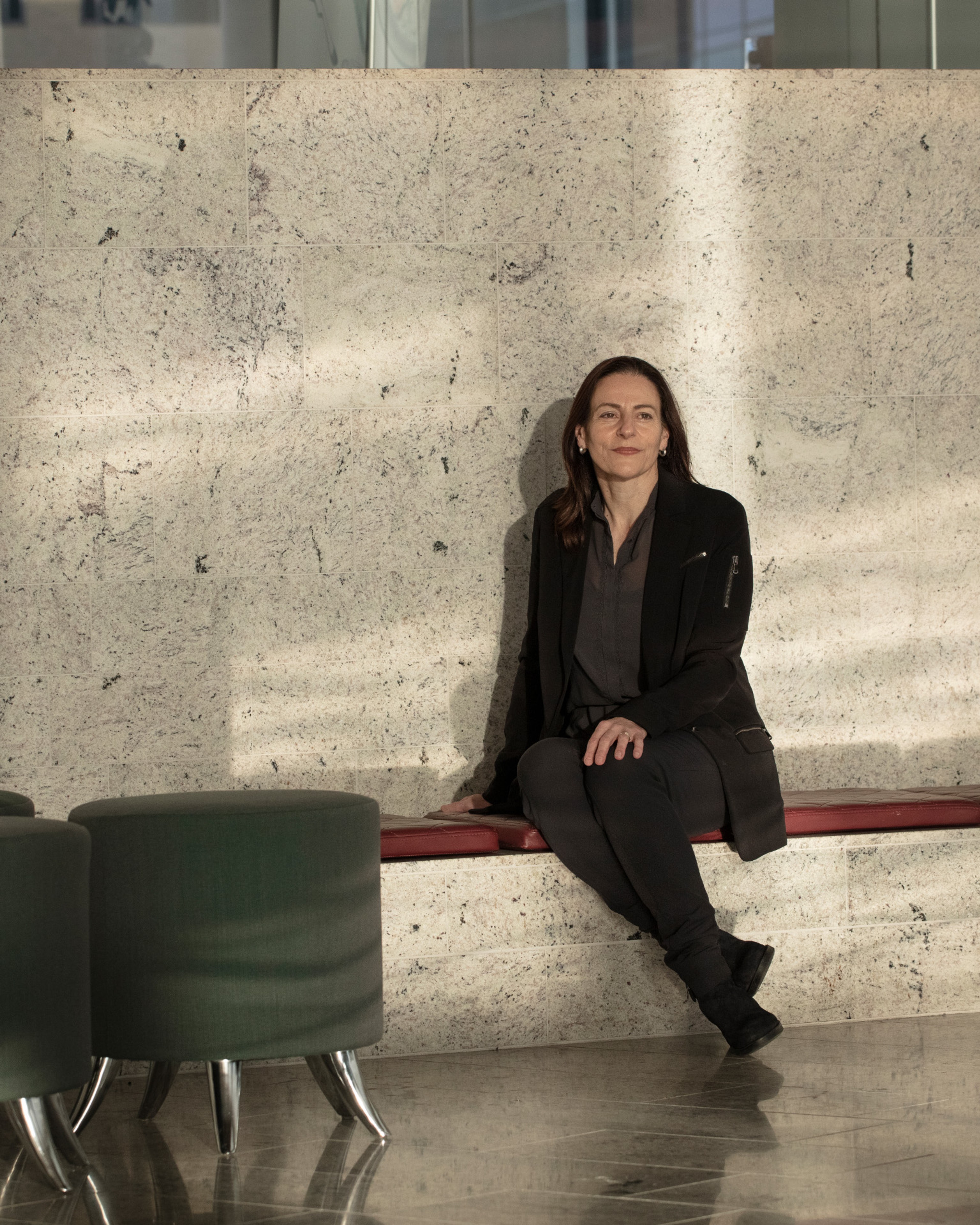Insight
“Identity-rich architecture is simply a good long-term investment”
Architecture with a strong identity creates life and leaves a memorable mark on both the city and its people. In an interview, Søren Mølbak, CEO of PLH, shares his perspective on why it is important to prioritise the identity in architecture.
What does identity in architecture mean?
"Buildings with a strong identity speak to you. When you work with architecture, this is something that weighs heavily on your mind. As an architect, it is your job to figure out what story the building should tell. A clear identity is the result of a good story. In the past, architecture was particularly characterised by a strong identity. When designing a courthouse, it had to express power. Or a bank had to show that things were under control. It's not that this is no longer the case, but it was crystal clear back then."
Why is it important?
"People don’t like to be without identity. We want to be our very own. This involves having a set of characteristics that together make our identity unique and different from others. The building’s task is to emphasise that identity and give it a unique voice in the city. At the same time, it also leaves a historical imprint on the city, telling the story of human development. A sharp identity is a story; and vice versa. Finally, I would say that personally, I feel uplifted being in a building that exudes identity.”
How do you create spaces that have a clear story?
“It’s about sensing the people for whom you’re designing. You need to understand the culture and find the story. The story which really has something to tell. That story creates buildings with a strong identity. For a long time, the ‘Less is more’ approach dominated. Robert Venturi countered with ‘Less is a bore’. It should be about giving people what they want. I am still inspired by that.”
What does the future hold for this type of architecture?
“What we perceive as beautiful right now may not be considered beautiful in the future. Architecture with a clear identity will be remembered – because their identity makes them iconic. For example, our DFDS project. It is a very maritime project that clearly radiates DFDS' identity. If they move out of the building in the future, that building will still be remembered as the headquarters of DFDS.”
What if identity is not prioritised in the future?
“I hope it will be, because identity-rich buildings are simply a good investment in the long run. They create life and make the buildings attractive. I remember a project where they sold apartments without anything inside, other than fire exits. The residents could design and create their own unique home. Those apartments were quickly snapped up because people found it exciting. Essentially, variation is important. That’s how it is with all aspects of life. We eat different food, listen to different music, travel to different places, etc. We don’t thrive doing the same. It must not become monotonous; life’s aspects require variation. That’s where we thrive best.”
How does identity-rich architecture impact businesses?
“It can have quite a big impact. Identity is an expression of purpose. For example, we created a new headquarters for DSV. A user survey showed that the new workplace significantly increased branding value in the eyes of the employees. There was even an employee who told me that he had started dressing better when he went to the new office. So, identity can also influence culture.”
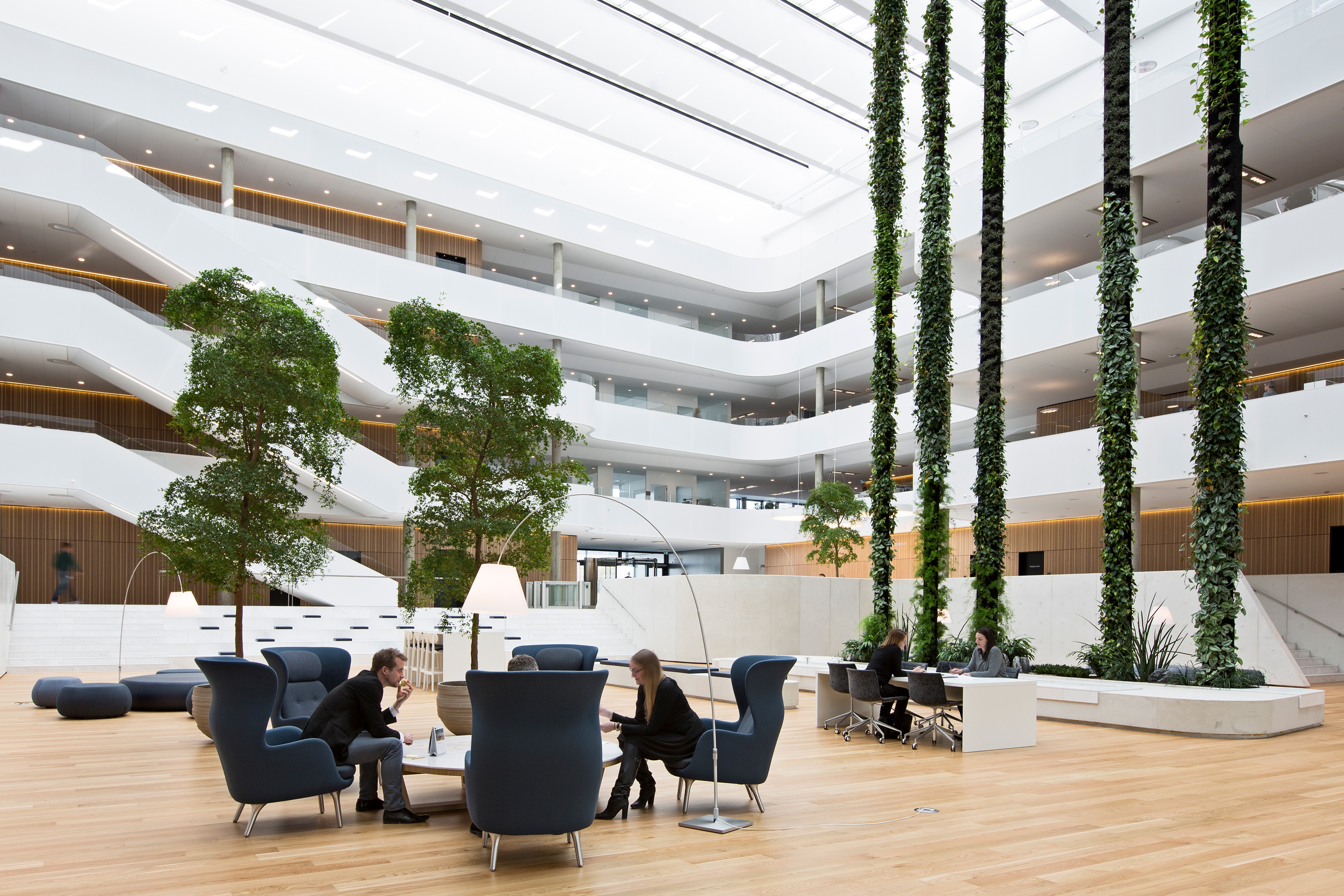
The DSV headquarters embodies “One Company – One DSV” and reflects the company’s global identity while enhancing collaboration, well-being, and operational efficiency.
DFDS headquarters brings the company’s vibrant culture to life and strengthens its maritime identity and sustainable aspirations.
Related projects
Keep exploring
Hedehusene, Denmark
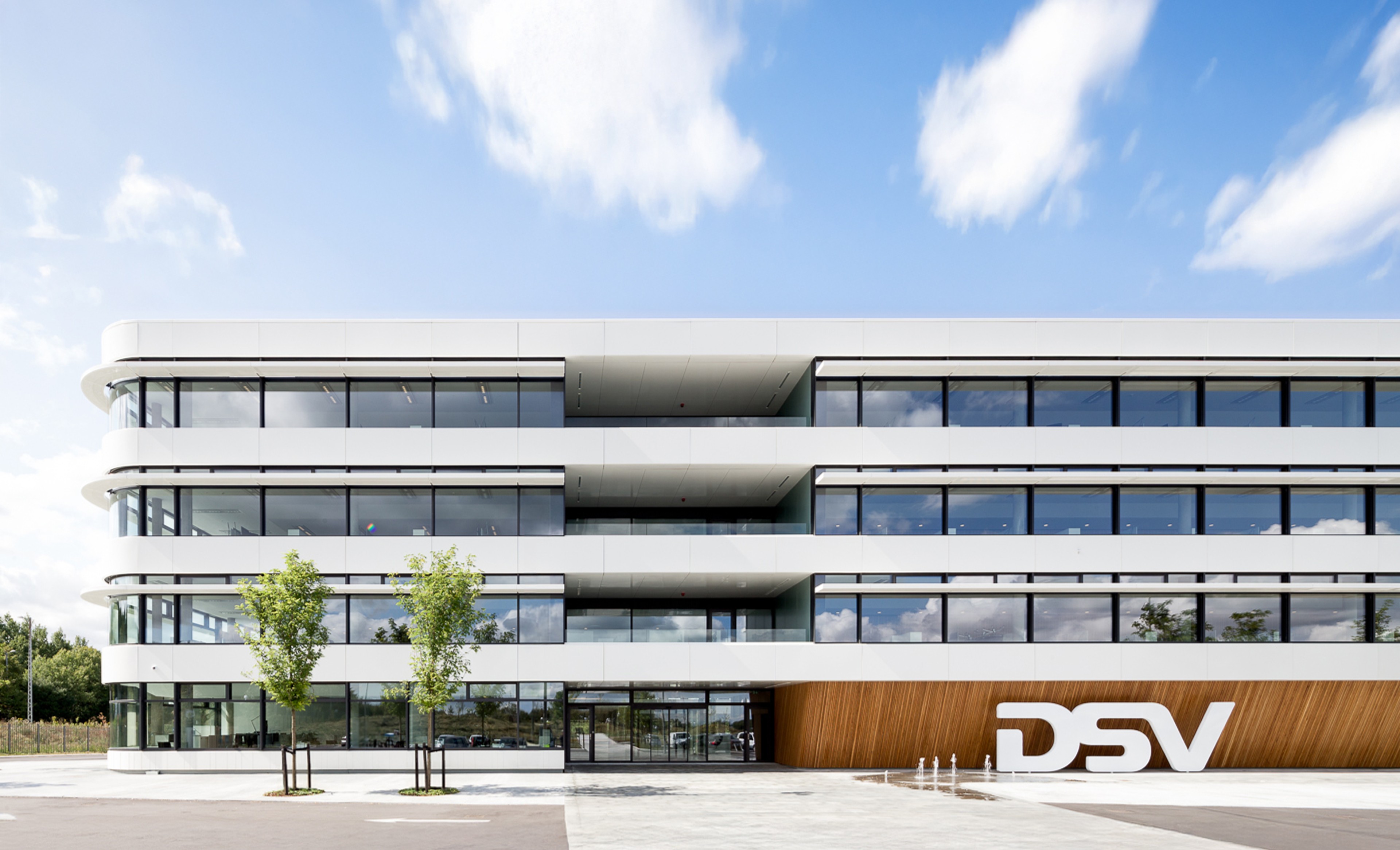
Elevating workplace environment and perceived brand value
DSV
Ørestad, Copenhagen
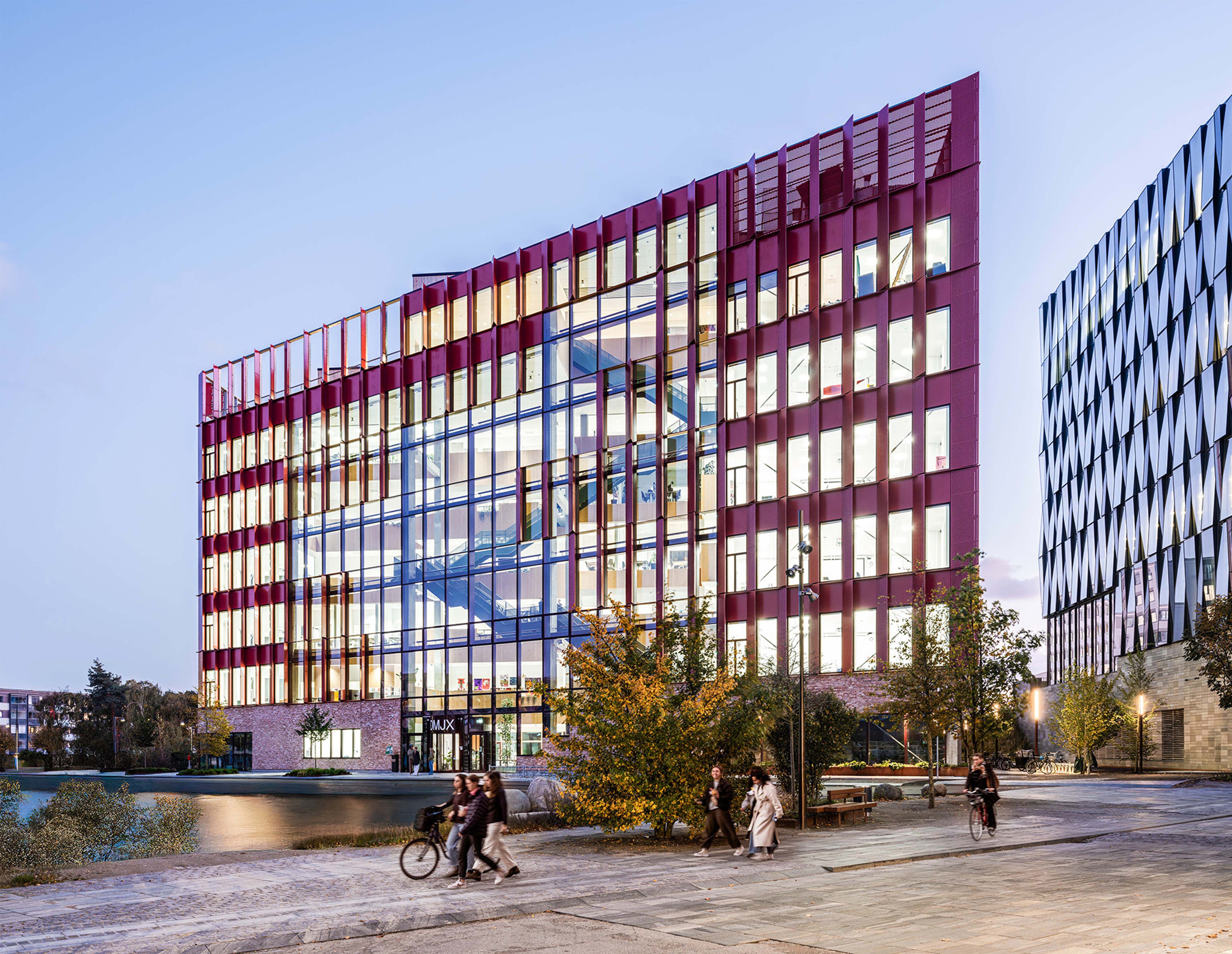
Vibrant campus enhancing student experience and learning environment
DMJX
Reach out
